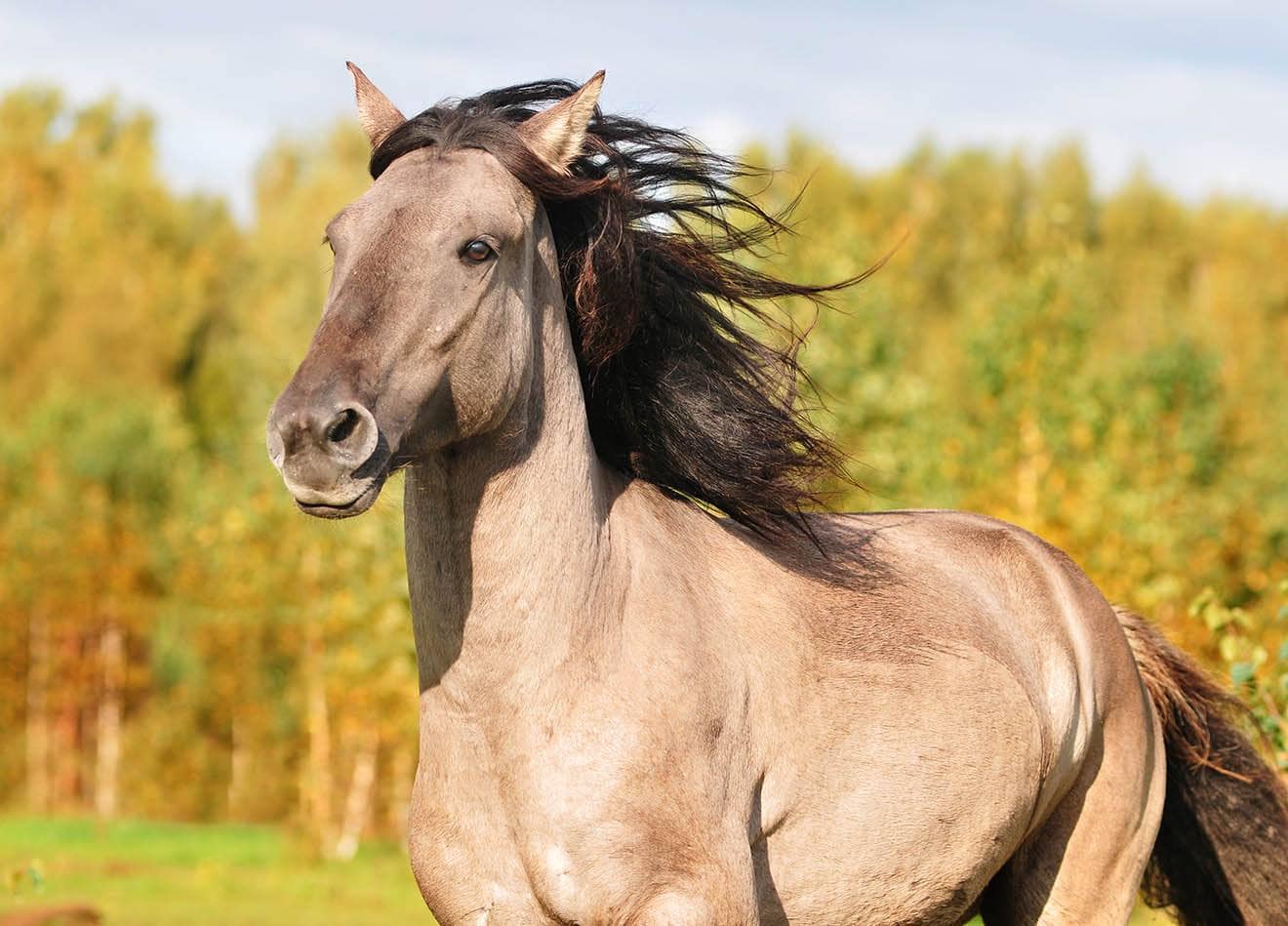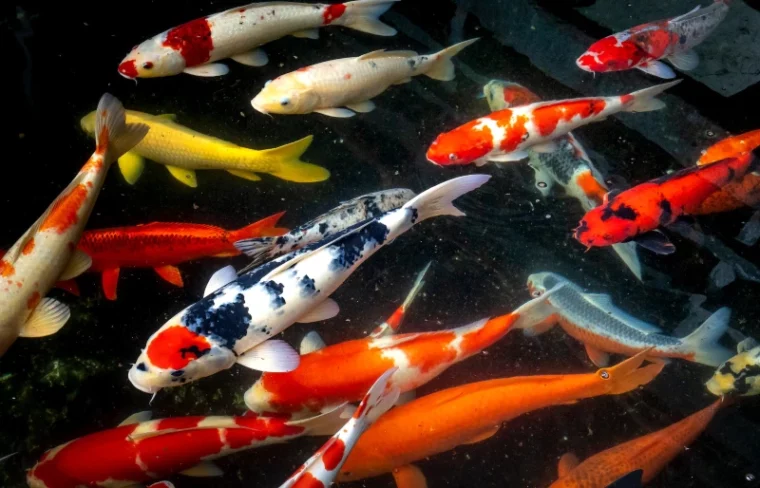
According to the American Pet Products Association (APPA),1 nearly 12 million American households have freshwater fish. Koi offer an interesting option because of their long history as ornamental species. Few fish are as long-lived, with some animals living over 40 years old.2 That long lifespan gives hobbyists many opportunities to breed Koi.
It’s not as straightforward as livebearers, like guppies or swordfish. However, knowledge and experience will help you successfully meet this goal. After all, aquaculture has a lengthy history with many lessons learned to guide you.
The 10 Tips for Breeding Koi Fish
1. Find a Breeding Mentor
Many people start their journey by finding a mentor who can show them the ropes. Your best chances of success are by working with someone with previous experience with the task. Some things aren’t apparent, making the advice of a seasoned enthusiast a godsend for beginners. We suggest starting with a local chapter of the Associated Koi Clubs of America.3
2. Start With Sexually Mature Fish
We discussed how long-lived Koi are. That means it takes longer for them to reach sexual maturity. This species grows rapidly during its first years. It will be ready to breed when it reaches 3 years old. Fish at this age are about 20 inches long.4
We recommend waiting until this time before attempting to breed the fish. Fry of immature parents may not survive much longer after hatching.
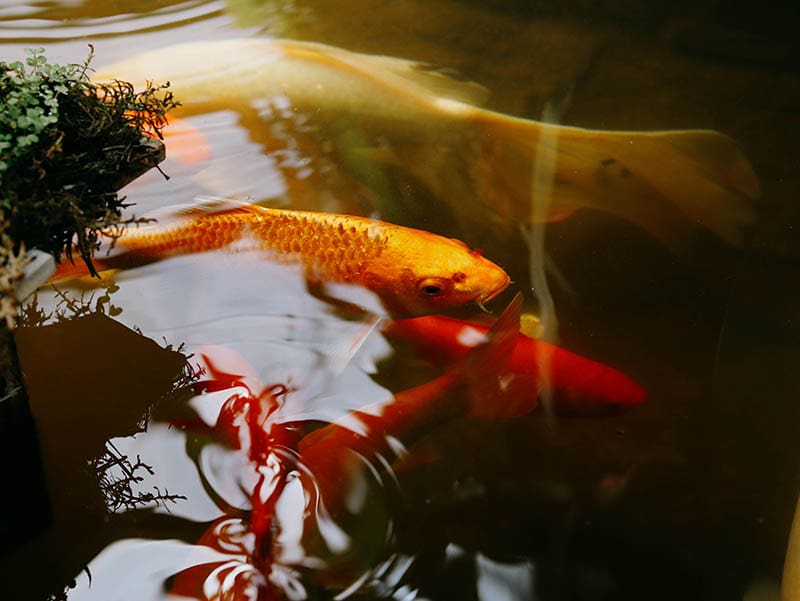
3. Have a Minimum of Two Fish
Of course, you need at least one male and female fish. However, this species is polyandrous in the wild.5 That means a female will often mate with more than one male. The latter fertilizes the eggs after the female spawns, producing over 300,000. However, that doesn’t mean all will survive. A lot depends on following the tips in our list.
4. Consider the Parents Carefully
It’s hard to imagine that the gorgeous fish we see today began life as the dull-colored Amur Carp (Cyprinus rubrofuscus). Nevertheless, what seems drab to us is ideal camouflage for this fish.
Today, over 100 varieties of Koi exist.6 Some are rarer than others. However, all are unique, making it prudent to consider your options with the Koi you want to breed.
5. Good Nutrition Matters
Good nutrition is vital for successful breeding. It’s essential before spawning to help ensure viable offspring. It’s also critical when the fry hatch.
Remember that these fish grow quickly. They require nutritional support during the crucial months following hatching. A commercial diet has the vitamins and minerals they need in the correct proportions.
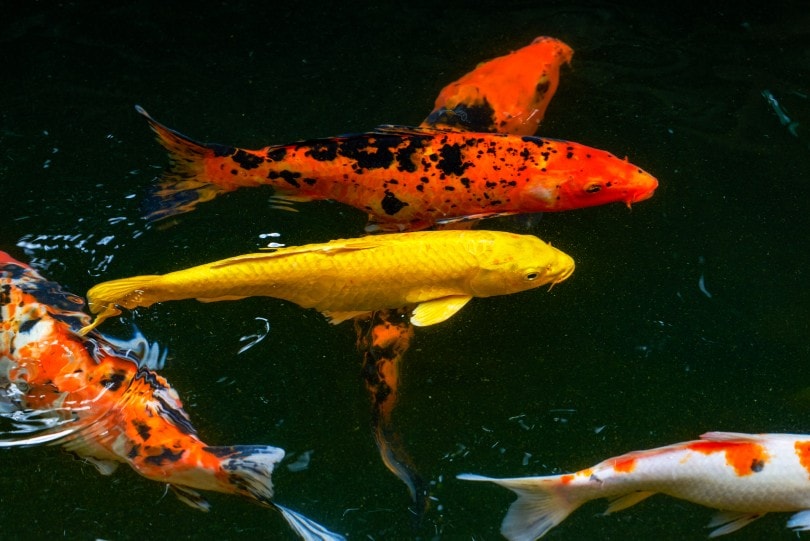
6. Plan on Late Spring or Early Summer
Koi are definitely in touch with their wild side when it comes to breeding. The warmer spring and summer months provide ideal conditions for the developing fry. This species is surprisingly tolerant of a wide range of temperatures. The male initiates the event by trailing the female around in the pond or tank. The female may spawn several times.
7. Culling Is a Part of the Process
The female releases so many eggs to ensure the survival of the species. Ecologists call it an R reproductive strategy. Producing this large number of eggs is one way to make sure some live if the risk of early death is high. Nevertheless, many won’t hatch, and some may not be genetically viable. That’s where you must cull the opaque, infertile ones.
8. Have an Isolation Tank Available
An isolation tank benefits the fry and the female. Koi, like many species, have no involvement with their offspring after breeding. The parents may eat the eggs or fry, making it necessary to remove them.
Spawning is also physically exhausting for the female. It uses a lot of energy. Separating the fish will allow it to recover with minimal stress to complicate matters.
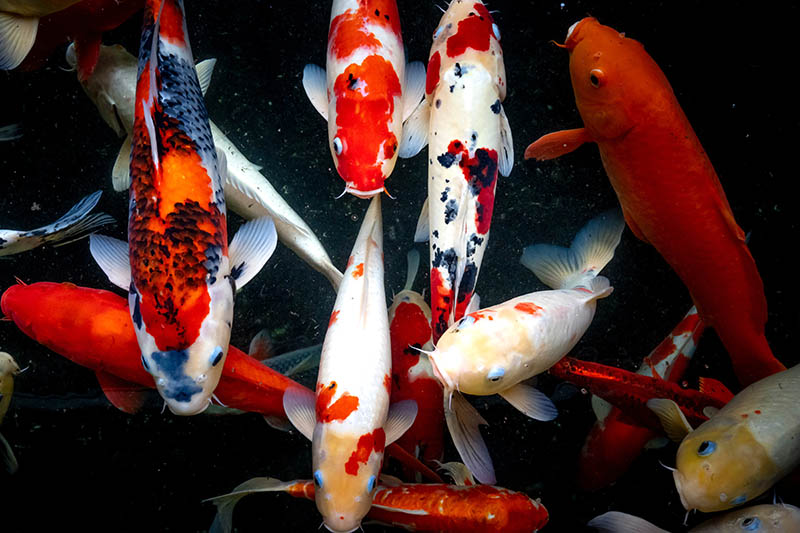
9. Get a Fry Mat
In the wild, the female will spawn, with its eggs going down into the substrate or structure within the water body. If you’re breeding Koi in a tank, you must provide a place for the fish to deposit its eggs. Otherwise, it may end the matter without success.
A fry mat offers a place for the female to spawn. It can help you keep track of the progress since viable eggs are transparent.
10. Cleanliness Is Imperative
This tip may seem redundant for responsible pet owners. However, it’s worth repeating when it comes to breeding your Koi.
The conditions in the tank must be clean and healthy before setting the stage. If you’re using a separate tank, you should set it up in advance to allow the water to age. Ensure the water chemistry is in line with the species’ needs to avoid the stress that could interfere with breeding.
Final Thoughts
Breeding Koi is a rewarding experience that takes pet ownership to the next level. It’s a measure of your skill as a hobbyist if it’s successful. It’s also a way to profit from your pastime. You may find pet stores or other sellers willing to buy the offspring. Maintaining a healthy environment is one of the best ways to ensure many more Koi in your future.
Featured Image Credit: Quang Nguyen Vinh, Pexels




